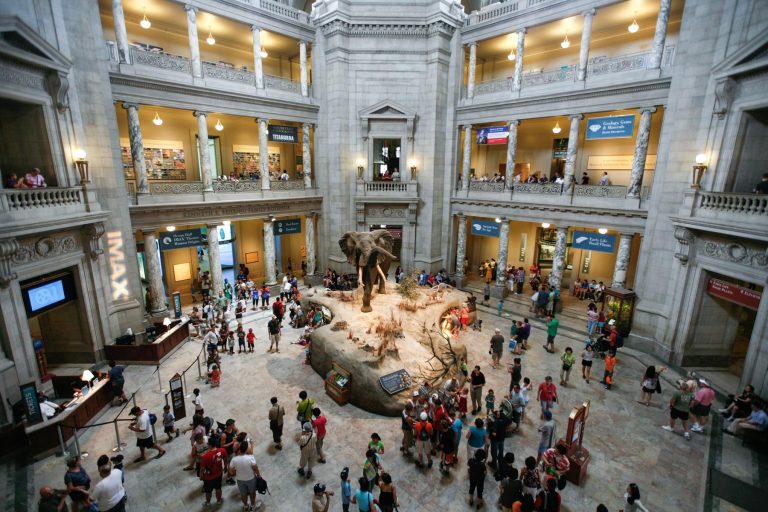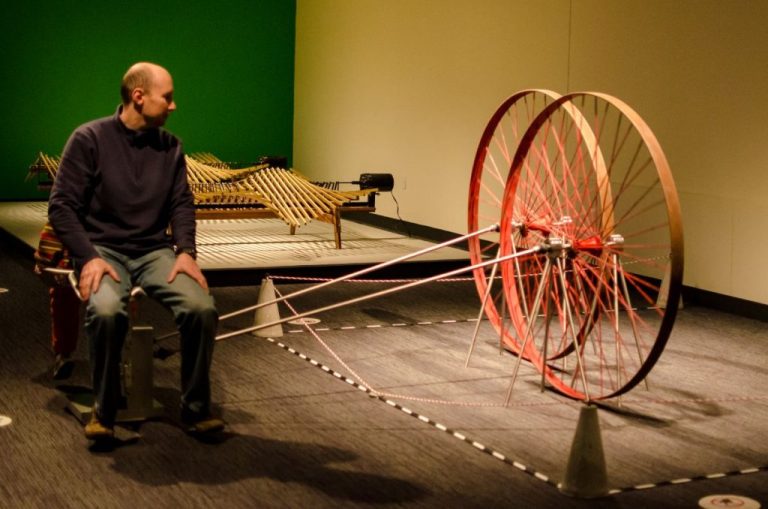This renowned museum on the National Mall offers immersive educational experiences that explore the diversity of life, Earth’s history, and the universe. Student programs are not only designed to meet a variety of curriculum needs but also align with the rigorous Next Generation Science Standards (NGSS), ensuring high educational quality. These programs range from guided tours and live presentations by museum educators to self-guided field trips, allowing students to engage with topics like paleontology, anthropology, and planetary science through interactive exhibits.
Students visiting the museum can explore iconic collections, including the Hope Diamond, dinosaur fossils, and the Butterfly Pavilion. The museum’s dedication to fostering curiosity is evident in the opportunities for hands-on learning through activities like the Q?rius Discovery Room, where participants can examine real scientific specimens, from bones to minerals, in a lab-like setting. Many programs emphasize fostering curiosity about conservation, biodiversity, and sustainability, helping students connect natural science with global issues
In addition to in-person programs, the museum offers extensive online educational tools and virtual events, allowing teachers and students to participate remotely. Topics include live animal exhibits and the human origins exhibit, which provide students with critical insights into evolution and biology. Through a mix of structured activities and open exploration, students develop analytical skills and a deeper understanding of scientific methods.
These programs are free, though registration is required for certain group visits and educator-led activities. The museum ensures its offerings remain inclusive, with options tailored for various grade levels, from elementary to high school. For those unable to visit in person, the museum’s robust digital resources and distance learning programs ensure students nationwide have access to its unparalleled collections and scientific expertise.





